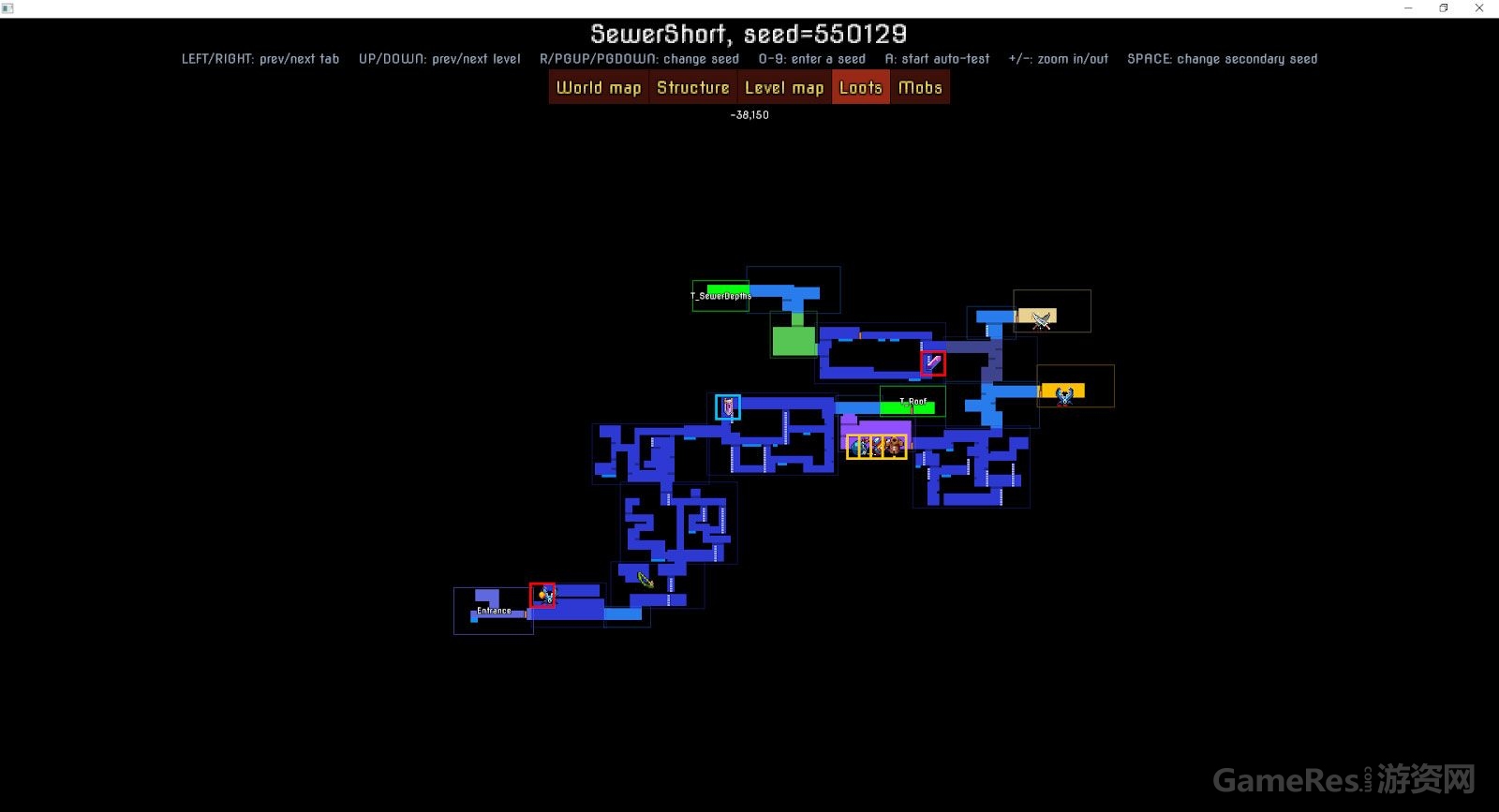

Every once in a while you would jump off this raft into the liquid medium near the membrane and then get back onboard. Then imagine what it would feel like to miniaturize yourself and take a seat on one of the rafts that traverse the lipid bilayers of the membrane of a cell as it sits attached to the bottom of a cell culture dish. The wind wave patterns shaped over thousands of miles in radius are swaying you. Your movements in space become determined by a force greater than you, a force traversing enormous oceanic depths and aerial spaces. You swim away from the coast and then stop. You are at the ocean shore, facing the endless body of water in front of you. These practical benefits notwithstanding, this conceptual study was performed primarily with a goal to spark the interest in studying these and other ancient ethnoscientific inventions as potential addenda to the broad repertoire of techniques used in biomedical and other sciences to combat some of their greatest challenges.

Therefore, treating cells and their nuclei as analogous to Pacific atolls navigable to and fro with the use of imaginary microscopic canoes and the navigational principles native to the Marshall and the Caroline Islands proves as a clever, but also very effective cell fate prediction approach, which various branches of biomedical science could take advantage of.

The same deduction was proven feasible with the use of a Carolinian navigational technique based on the concept of the etak, in which case the distances traversable between cells in a population subjected to the treatment were divisible to a significantly higher number of etaks than the same distances in the population of control cells. Given that the cytoskeletal microfilaments defining the features of control cells were largely filling up these areas, this metric proved useful for deducing the course of the treatment at its early stages. The cells subjected to the treatment were consistently withdrawing their bodies from the areas of intense swell interaction activity on the superimposed mattangs. The mattang chart, the most fundamental and theoretical of navigational devices used in the Marshallese seafaring tradition, was used to measure subtle morphological changes occurring in cells due to the treatment. Both methods effectively predicted the cell fate at early time points in the treatment with superparamagnetic nanoparticles, when the adverse effects were still reversible and not apparent yet at the levels of cell morphology, proliferation rate or confluence. Two distinct indigenous methods for navigation across the ocean were assessed as bridges for correlating (i) the interaction of oceanic swells near atolls with the way microcurrents in the cell culture dish may shape the morphology of cells, and (ii) the spatial arrangement of cultured cells with the canoe voyaging from one island to the next. This interdisciplinary study falls within the realm of ethnoscience thanks to its resorting to the scientific methods behind the Micronesian canoe voyaging in search of bioimaging tools for the early prediction of cell fate in response to a therapy.


 0 kommentar(er)
0 kommentar(er)
